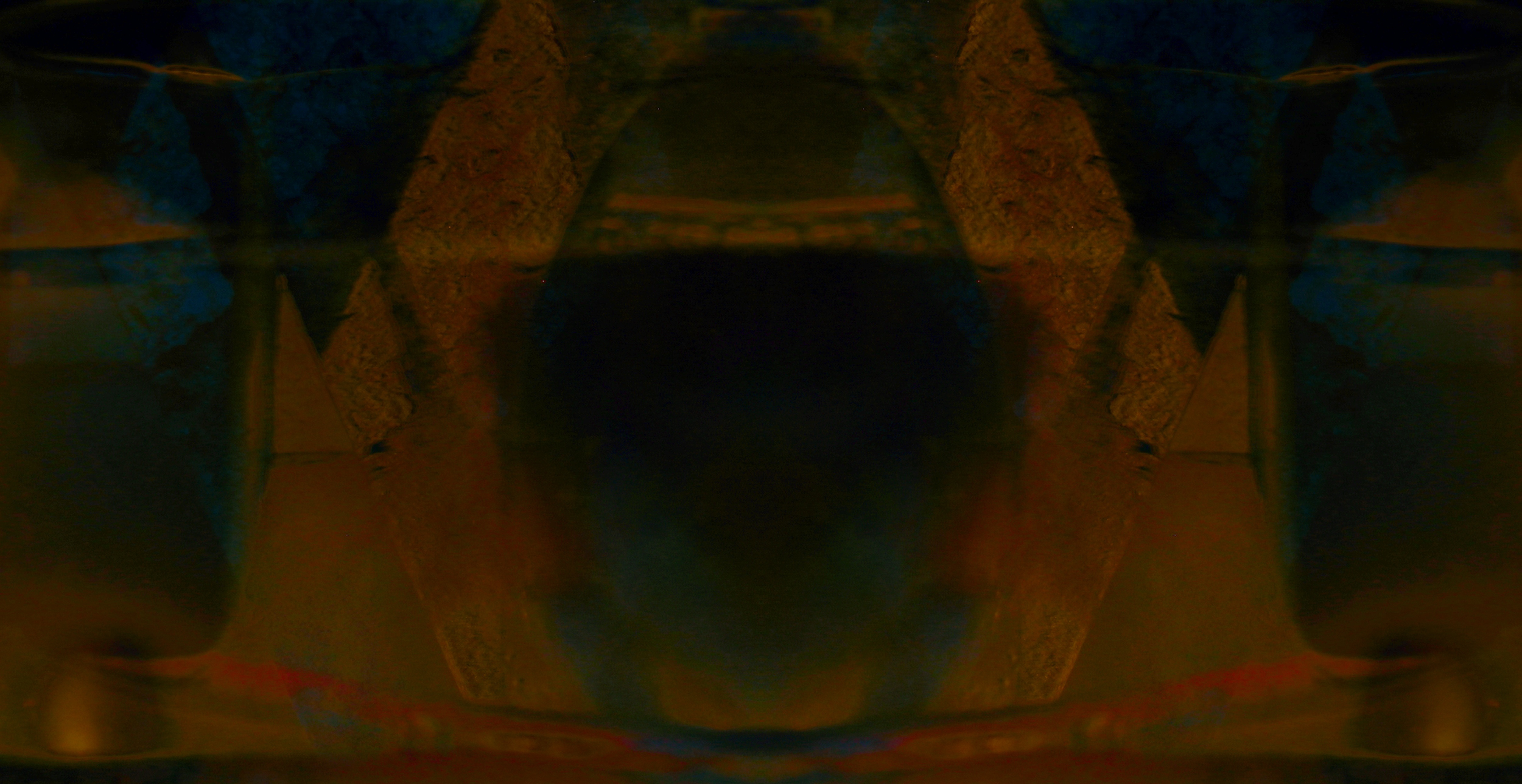Cave of the Nereids

I was there, or had been. Always. That is, I was and am; there with the stony jars, the strangely vertiginous bees, the door where the mortal souls go up and go down, the more strenuous portal where the gods… And those girl-like, goddess-like, creatures, infinitely welcoming, infinitely elusive, flickering where the wave breaks in sunlight, where the mist moves just before it is to clear, so that they seem beings of light, even though one cannot quite see them, palpable, so sweet to the touch, though they never draw perfectly near. I was there. Almost. That is …
The Nereids—(that is)—the daughters of Nereus, one of three immortals Homer calls “The Old Man of the Sea,” and probably sharing the ability most famously attributed to Proteus, of being a shape shifter; a hermetic or mercurial being of the waters, such that though he seem to have a “true” form in the characteristics of a wise if crotchety elder, his only true invariant quality is that he belongs to the intermediate matter through which he passes as he changes from lion to vortex to insubstantial flame—an intermediate state that cannot show a form without belying its own essence. And yet this “matter” is not so quietly disposed of as being formless, essenceless (merely), any more than the philosopher’s stone and its matter, philosophical mercury—for both substanceless substances know the power to generate and ruin any form, any essence whatever—the Nereids or Naiads are the issue from one of the volatile marriages of this Old Man—and though they are said to live in a cave, and this cave is said to have a fixed locus in a harbor beneath Mt. Neriton on Ithaka—what possible sense can be given to such fixity?
Nor need we be satisfied with the later-day, Alexandrian readings of the anomalous Homeric passage in The Odyssey, describing this cave, in which Odysseus stashes his treasure before descending upon the people of Ithaka, themselves in a state of disarray on account of his absence—readings that find the Cave of the Nymphs situated vis a vis the zodiac rather than fixed on Ithaka, and understanding the souls’ ascent and descent, at once the declension of matter from form and the itinerary of the soul at the gates of Cancer and Capricorn, from ethereal regions into corporeal states and the reverse of this. We think we are no longer equipped with a sufficiently fixed metaphysic to share in the understanding. Yet the nymphs remain.